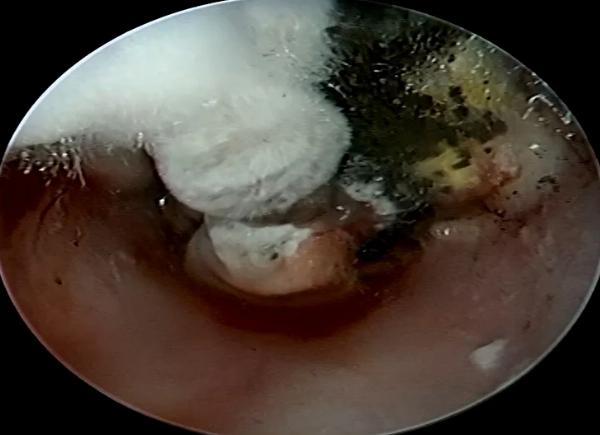Otomycosis Treatment: How to Manage and Overcome Fungal Ear Infections

Otomycosis, also known as a fungal ear infection, is an often uncomfortable condition that affects the outer ear canal. Caused by fungal organisms such as Aspergillus or Candida, otomycosis can lead to symptoms like itching, pain, discharge, and even temporary hearing loss. Fortunately, with prompt and appropriate treatment, this condition can be effectively managed and resolved. This article explores the various treatment options available for otomycosis.
Understanding Otomycosis
Otomycosis occurs when fungi invade the ear canal, often thriving in warm and moist environments. The infection is more common in tropical and subtropical regions but can affect anyone, especially those who frequently expose their ears to water or have underlying health conditions that compromise their immune systems.
Symptoms of Otomycosis
Before diving into treatment, it’s essential to recognize the symptoms of otomycosis, which may include:
Persistent itching in the ear canal
Ear pain or discomfort
Thick, white, yellow, or green discharge from the ear
A feeling of fullness or blockage in the ear
Temporary hearing loss
Tinnitus (ringing or buzzing in the ear)
If you experience any of these symptoms, it’s important to seek medical attention promptly to prevent the infection from worsening.
Treatment Options for Otomycosis
The treatment of otomycosis focuses on eliminating the fungal infection, alleviating symptoms, and preventing recurrence. Here’s how it’s done:
Ear Cleaning (Aural Toilet)
The first step in treating otomycosis is to clean the ear canal thoroughly. This procedure, known as aural toilet, involves the removal of fungal debris, discharge, and any other obstructions in the ear canal. It is typically performed by an ear, nose, and throat (ENT) specialist using specialized instruments. This step is crucial because it allows antifungal medications to penetrate the infection site more effectively.
Topical Antifungal Treatments
After the ear canal has been cleaned, the next step is the application of topical antifungal medications. Commonly used antifungal ear drops include clotrimazole, miconazole, or nystatin. These medications are effective against the most common fungi that cause otomycosis. The drops are usually applied directly to the ear canal, and treatment may continue for several weeks, depending on the severity of the infection.
Oral Antifungal Medications
In severe or resistant cases of otomycosis, oral antifungal medications may be prescribed. Drugs such as fluconazole or itraconazole can be used to treat the infection from within the body. Oral medications are typically reserved for cases where topical treatments have failed or where the infection has spread beyond the ear canal.
Pain Management
Otomycosis can cause significant discomfort, so pain management is an important aspect of treatment. Over-the-counter pain relievers such as acetaminophen or ibuprofen can help alleviate ear pain. In some cases, prescription pain medications may be required if the pain is severe.
Avoiding Moisture
During treatment, it is vital to keep the ear canal dry to prevent further fungal growth. Patients should avoid swimming, using earplugs while bathing, and keeping the ear dry at all times. In some cases, the use of a hairdryer on a low, cool setting may be recommended to dry the ear after cleaning.
Preventing Recurrence
Once otomycosis has been treated, it’s essential to take steps to prevent a recurrence:
Maintain Ear Hygiene: Clean the outer ear regularly but avoid inserting objects into the ear canal.
Keep Ears Dry: Protect the ears from excessive moisture by using earplugs when swimming or showering.
Address Underlying Conditions: If you have a chronic condition like diabetes or a weakened immune system, manage it effectively to reduce the risk of fungal infections.
Conclusion
Otomycosis can be an uncomfortable and persistent condition, but with proper treatment, it is entirely manageable. Early diagnosis and a comprehensive treatment plan that includes ear cleaning, antifungal medications, and moisture control are key to overcoming this infection. By following the prescribed treatment regimen and taking preventive measures, you can effectively manage otomycosis and prevent future occurrences.
For more health-related insights and tips, visit MedyBlog.
Note: IndiBlogHub features both user-submitted and editorial content. We do not verify third-party contributions. Read our Disclaimer and Privacy Policyfor details.


